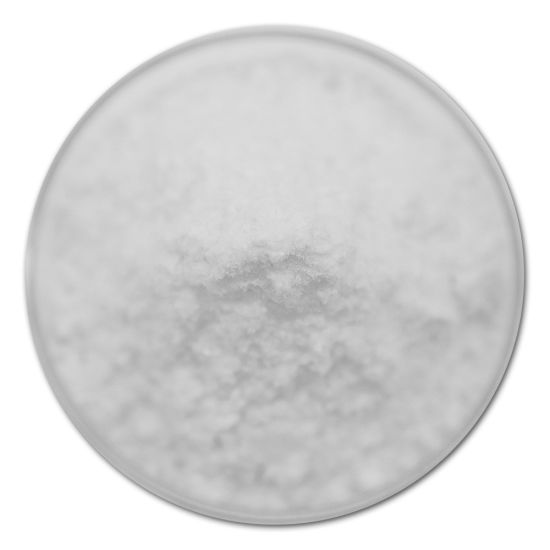2-Chloro-6-trichloromethyl pyridine (CTC)
PROPERTIES:
CAS NO.: 1929-82-4
Capacity T/Y: 2000
Assay: ≥ 99%
Molecular formula: C6H3Cl4N
Molecular weight: 230.91
Appearance shape: white crystalline powder
3-Chloro-5-trifluoromethyl pyridine is a chemical compound with the molecular formula C6H2ClF3N. It is a pyridine derivative that contains a chloro group and a trifluoromethyl group on adjacent carbon atoms in the pyridine ring.
This compound is often used as a building block in the synthesis of pharmaceuticals and agrochemicals. It can also be used as a reagent in organic chemistry reactions, such as nucleophilic substitutions and cross-coupling reactions. Learn more

Properties of trichloromethyl pyridine
2-Chloro-6-(trichloromethyl)pyridine | |
| Density | 1.6±0.1 g/cm3 |
| Boiling point | 258.2±35.0 °C at 760 mmHg |
| Melting point | 62-63°C |
| Flash point | 134.9±11.5 °C |
| Exact mass | 228.901962 |
| PSA | 12.89000 |
| LogP | 2.52 |
| Appearance | Colorless or off-white crystal |
| Vapor pressure | 0.0±0.5 mmHg at 25°C |
| Refractive index | 1.576 |
| Storage conditions | Closed, stored under 0-6 ºC |
| Stability | Not decomposable under usage and storage based on the regulations. Reaction dangers are unknown so far. Not avoid oxidants. |
Applications of 2-Chloro-6-trichloromethyl pyridine
2-chloro-6-trichloromethyl pyridine is obtained by stepwise deep chlorination of 2-methylpyridine. 2-chloro-6-trichloromethyl pyridine, also known as CTC, has a wide range of applications. For example, 2-Chloro-6-(trichloromethyl)pyridine can be used as the inhibitor of nitration and oxidation, and the soil protective agent of nitrogen fertilizers. It can also be used to produce chlorfenapyr, a pesticide with certain herbicidal activity and can control cyanobacteria in water.
*TIPS
It is important to handle this compound with care as it can be hazardous to health and the environment. It may cause skin and eye irritation, respiratory problems, and may be harmful if ingested or inhaled. It should only be used by trained professionals in a properly equipped laboratory with appropriate safety measures in place.
About US
Huimeng Bio-tech is a biotechnology enterprise integrated of research, development, production and sales of high-tech products, especially 2-Chloro-6-(trichloromethyl)pyridine. Our customers put high paises in the effect and efficiency of 2-Chloro-6-(trichloromethyl)pyridine, CTC from Huimeng Bio-tech. We sincerely welcome customers from worldwide to build relationship with us for long-term cooperation and get win-win together!
Comments
Post a Comment